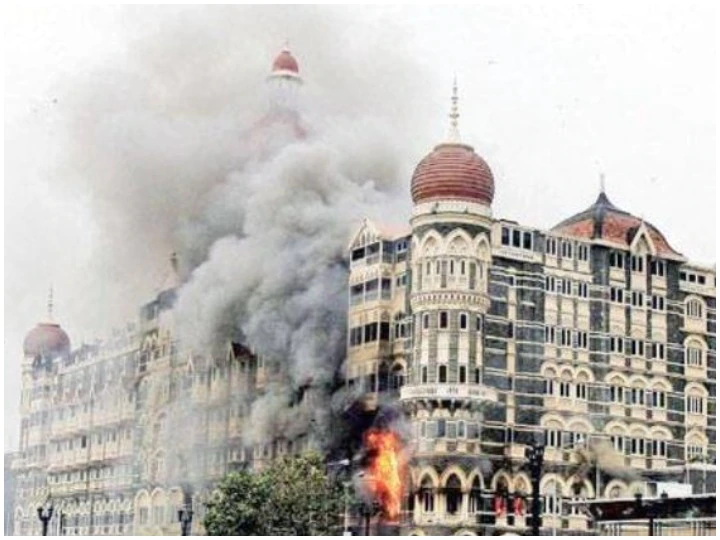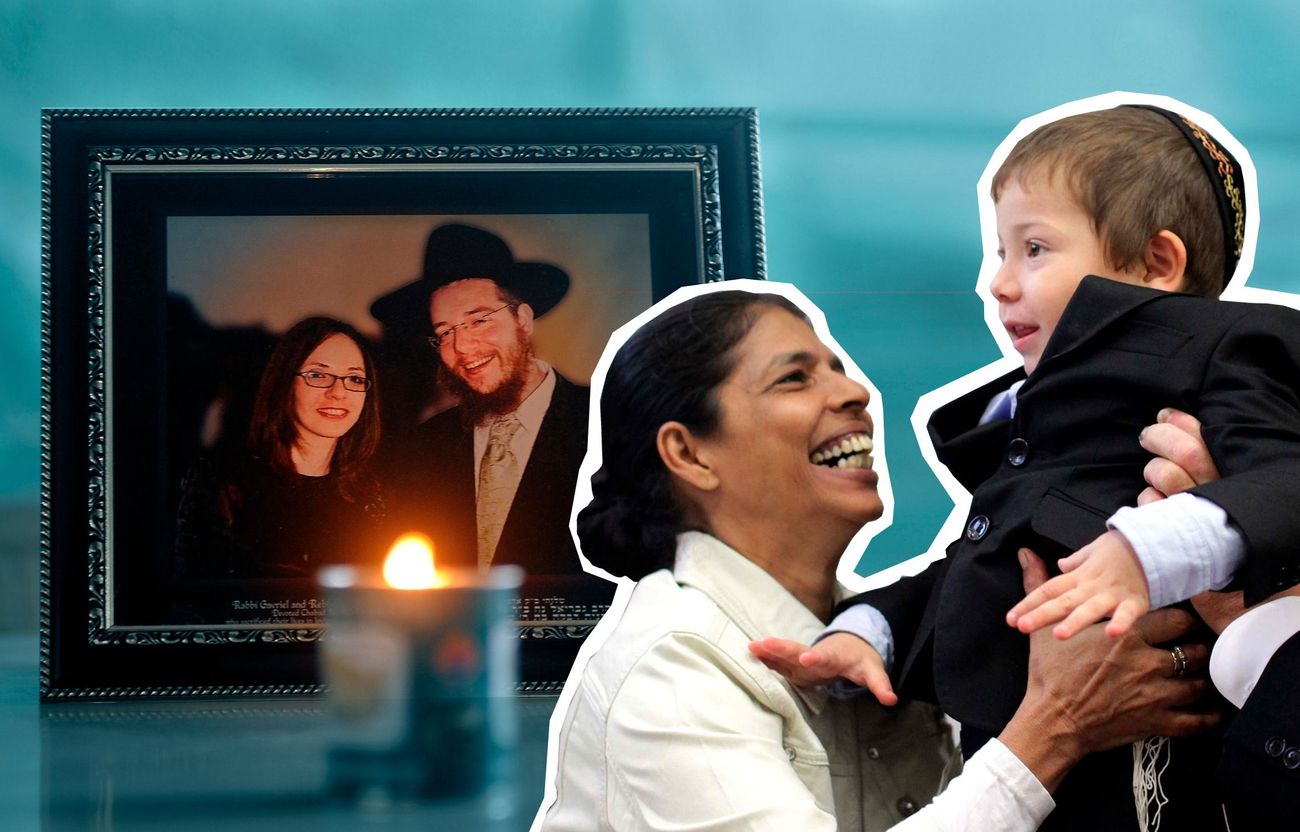
Ten young men invaded the nation’s financial centre fourteen years ago, and for three days straight the city of Mumbai was gripped by horror.
Twelve different venues in Mumbai had been assaulted by armed extremists, including a hospital, a train station, a restaurant, a Jewish centre, and two opulent hotels, including Taj Mahal Palace. In the assaults, 166 people died and almost 300 were wounded.

Four militants with heavy weapons besieged the Taj Mahal Palace Hotel beginning on November 26 and continuing for more than 60 hours.
Abdul Rehman Bada and Abu Ali, two of the four, set a rudimentary RDX bomb in front of the neighbouring police station before making their way to the Tower section’s main gate. They moved into the lobby area while firing on each and everyone who came into their line of sight. They were equipped with AK-47s, ammo, and grenades.
The other two terrorists, Shoib and Umer, entered the Palace through the La-Pat door and began firing randomly at the visitors around the pool. The first victims of the terrorists’ gunfire were four international guests beside the pool, together with security officer Ravindra Kumar and his Labrador Retriever dog. Among the foreigners killed were the parents of Moshe.

Baby Moshe’, the youngest survivor of the Mumbai 26/11 attacks whose pictures with his Indian nanny Sandra holding him close to her chest in the besieged Nariman House also known as Chabad House, caught worldwide attention, lost both his parents Rabbi Gabriel Holtzberg and Rivka Holztberg in the terror strike carried out by Pakistan-based Lashkar-e-Taiba (LeT) terrorists.
Baby of 26/11, Moshe Holtzberg will serve in India, says grandfather, His parents were the emissaries of the Chabad Movement in Mumbai. The violence claimed lives of 166 people, including foreigners. Nine of the gunmen were killed in the counter-operation, while one survived.

Around midnight that day, Mumbai Police surrounded the Taj. Many of the guests inside the hotel were huddled up by the staff into small rooms by this time.
It was around 1 am that the central dome of the hotel was bombed and there was a massive fire in the building. The army and firemen arrived at the location following which the first round of evacuation took place.
Two groups were formed by marine commandos. The first group was out safely. The second group was spotted by the terrorists while they were making an exit. Gautam Singh, a tandoor chef at Taj, was one of those who were spotted and was shot dead.

A team of 200 commandos reached Mumbai from New Delhi the following day (November 27) and took charge of the rescue operations at the Taj and Oberoi (another hotel that also came under attack). The government gave orders to storm the building. In the succeeding hours, evacuations took place in batches.
A new round of ground combat and several explosions followed. On November 29, the Indian commandos declared that all militants had been driven out of the Taj.
At a UN counter-terrorism conference in Mumbai in October of this year, US Secretary of State Antony Blinken and External Affairs Minister S. Jaishankar brought up the issue of designating the 26/11 Mumbai terror attack’s planners as international terrorists.
At the conference held at the Taj Mahal Palace hotel, one of the locations of the 2008 terror attack, there were representatives from each of the 15 UNSC members.
Senior Home Ministry officials heard an audio tape of one of the assault coordinators, Sajid Mir. He may be heard instructing terrorists to fire at Nariman House on the audio tape.

















